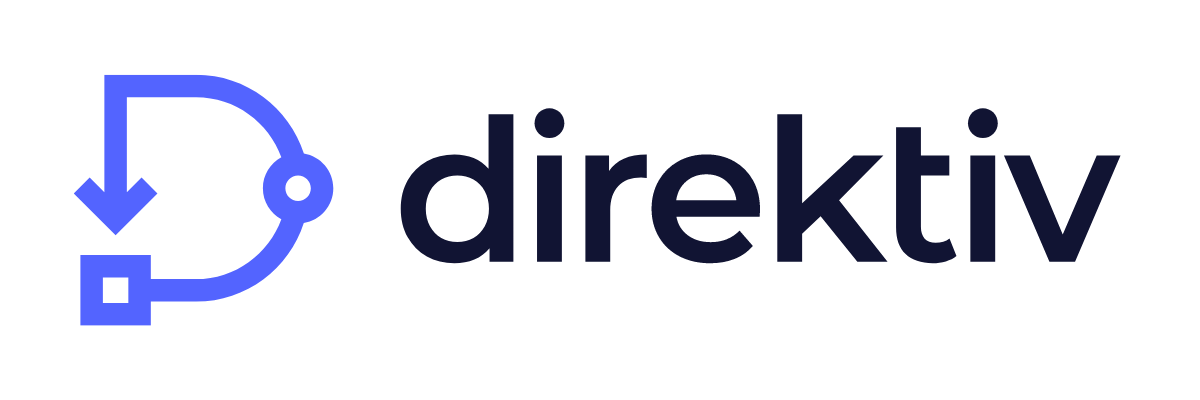Why You Need Event-Driven Architecture in 2023 [Case Studies Inside]

How much time do you lose each day on repetitive administrative tasks? Really think about it. What activities eat into the valuable time you could spend on more productive revenue-generating tasks? We can probably guess what you’re thinking: server maintenance, password rotation, Terraform and/or Ansible automation… The list can go on and on. We get it—these “chores” are necessary to keep your business operations running smoothly, but that doesn’t mean they’re not incredibly inefficient. Here’s where event-driven architecture (EDA) can swoop in to save the day (literally ⏳).
Event-driven architecture enables a type of workflow that triggers tasks in response to real-time events. Since it’s serverless, you don’t have to maintain a server—you can construct the workflow, and leave it be! Imagine how much time you could save by automating a few simple tasks and eliminating the need for server maintenance. 😍 Sounds too good to be true? Well, we’ve compiled four case studies proving the efficacy and usefulness of EDA and we’re detailing each of them in this article. Take a look!
Event-Driven Architecture Augments Enterprise Password Rotation
Recently, an independent software vendor (ISV) that was using various tech solutions, including CyberArk, AWS Secrets Manager, and HashiCorp Vault, created event-driven workflows for automated password rotation using Direktiv’s open source event-driven architecture software. By automating password rotation with EDA, the ISV saved 4 days per month of time and effort that engineers may have previously spent on manual password rotation. As a result, IT engineers now use those additional 4 days of time to work on tasks that improve the business and their customer offerings. 👏
Here’s how the ISV did it:
Using Direktiv as a scheduler (initially), password rotation workflows for Linux, network infrastructure, VMware applications and APIs and storage infrastructure were created specifically. The password rotation policies were repeatable micro-workflows built with event-driven architecture. These workflows were developed to create a new password in HashiCorp Vault, change the password on the target, and then validate the changed password. If the validation checks were successful, the password would be stored in Vault. If not, an incident would be created in ServiceNow and the old/new password combination was stored for troubleshooting. The password storage workflow was also later extended to support AWS Secrets Manager and CyberArk.
➡️ Read the complete case study to gain a better understanding of how event-driven architecture is an excellent way to automate password rotation and save yourself time and headaches in the process.
Server-Side Email Encryption Made Simple with EDA
Dell Technologies Managed Services (DTMS) is responsible for the health, capacity and availability of the customer environment. As with many service providers, data and information regarding the systems need to be sent via email from the server-side components to the engineering and support teams. The problem? The server-side components do not have the ability to encrypt emails or event notifications. 🙄
To prevent data leakage from the internal customer environments to the managed service provider (email, SNMP traps or external API calls), Dell Technologies used Direktiv’s event-driven architecture as an email server. The results were effort estimation savings of 1.5 FTEs and the guaranteed delivery of encrypted emails according to security policy requirements.
Here’s how DTMS did it:
Using Direktiv as an email server (leveraging the basic Direktiv SMTP listener), emails from all server-side sources were intercepted and deconstructed into objects. The workflow was a simple YAML definition, and all the plugins and extensions were containers developed and owned by the DTMS team. This ensured that the code-level was maintained at a secure level without any external code artifacts or plugins being used. All changes to the workflow were self-maintained by the DTMS team, whilst offering the API endpoint to the customer as a service.
➡️ Check out the full case study here to learn more about this specific use case of event-driven architecture.
Dell Technologies Leverages EDA to Elevate Site Redundancy Failovers
In another instance, Dell Technologies Managed Services relied on event-driven architecture for site-redundancy failovers. Here’s the deal: Dell Technologies provides site-redundancy for a large financial services provider, using VMware Site Recovery Manager (SRM). Specifically, one of their payment platforms required automating the VMware SRM failover as part of their CI/CD pipeline. The issue is VMware SRM failovers required health checks on the recovery site prior to a failover. These health checks were previously conducted manually, which added overhead and lead time to business critical failovers.
However, upon leveraging Direktiv, the payment platform was able to conduct failovers automatically and independently from a DTMS resource. This led to a reduction in the mean time to failovers by approximately 3 hours!
Here’s how they did it:
Using Direktiv to build out a set of workflows using a VMware PowerCLI container, checks were made to provide status and details on current backup activity, host connectivity, replicated storage and overall SRM platform health. These checks would have normally been performed manually by a DTMS resource. But now, the payment platform pipeline is able to leverage API calls to the various Direktiv health checks to determine if an automated failover can occur. Pretty cool, huh? 😎
➡️ Take a look at the complete case study to discover how you can use event-driven architecture to automate site redundancy failovers.
EDA Leads to Massive Time Savings with Terraform and Ansible Automation
As one of our customer’s IT environment grew, their IT operations and infrastructure automation practice became increasingly complex. What initially started as a single automation platform requirement grew into a multi-platform solution. The primary automation and deployment platforms were Ansible and Terraform. This rapid growth and expansion led to the business having more than 5 teams supporting, maintaining, and upgrading both platforms. 😱
The main problem? This organization needed to consolidate the automation platforms, deliver the same outcome with less, and reuse what already had been created. Luckily, event-driven architecture enabled them to do just that—saving an estimation of 1.3 FTEs and approximately 45 minutes per deployment.
Here’s how our customer did it:
Using Direktiv as a container orchestration engine, this customer was able to “spin-up” Ansible and Terraform environments on demand as provisioning or infrastructure automation was required. The Direktiv engine cloned the latest version of the customer playbooks (for Ansible) and Terraform scripts from their GitLab repository. The playbooks and scripts were then executed against the latest version of Ansible and Terraform—and once completed, destroyed. Additionally, advanced application testing and custom container integrations were added to the orchestrated workflows. 🔥
➡️ Read the inspiring case study and get into the nitty gritty of how this organization leveraged event-driven architecture to expand beyond IT infrastructure automation.
Final Thoughts
The benefits and use cases of event-driven architecture are clear. In addition to each use case discussed above, with serverless event-driven architecture, you will:
- Instantly save yourself hours of time on menial, repetitive tasks
- Eliminate possibilities of human error… no more going back to correct mistakes!
- Create workflows that scale with your traffic automatically
Plus! The right event-driven architecture tool will offer enhanced repeatability and replaceability, as well as relieving technical debt. Don’t believe it? Get started with Direktiv on GitHub and see for yourself. 😉

.png)

